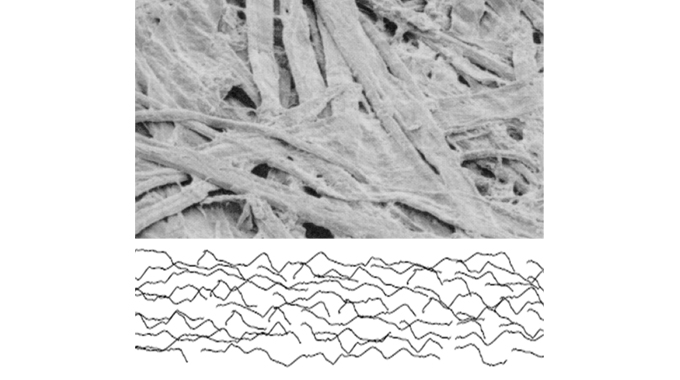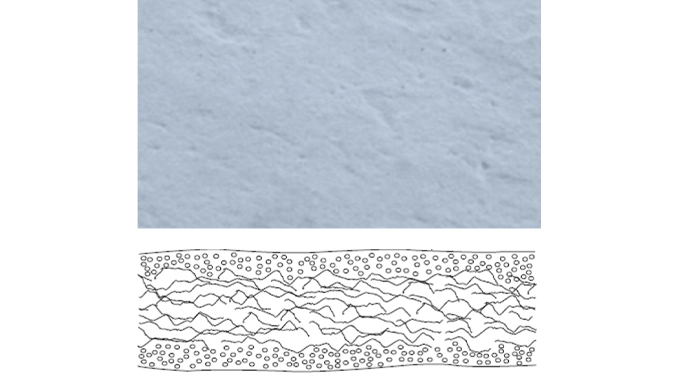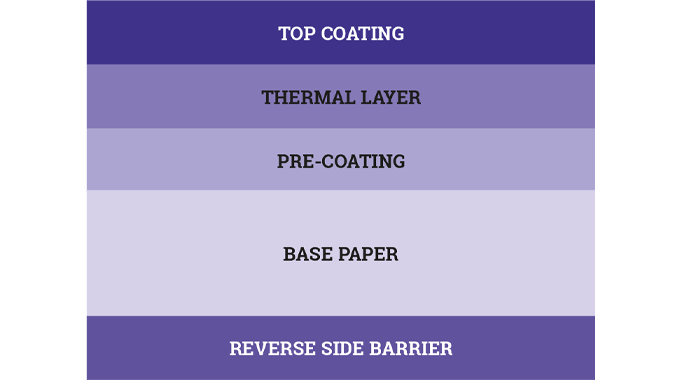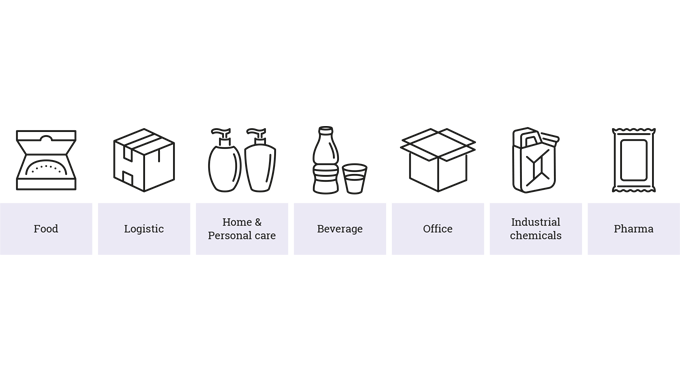★You are viewing this content as a subscriber
★Subscribers only
Self-adhesive labels: paper face materials
Pressure-sensitive labels consist of an adhesive-coated face material, which can be either be paper or film, laminated to a release liner
Pressure-sensitive labels consist of an adhesive-coated face material, which can be either be paper or film, laminated to a release liner.
We begin with paper – a category which includes synthetic (filmic) paper materials. Label papers are manufactured from wood pulp and may be either coated or uncoated. With coated papers the main influence on how ink is absorbed is the presence or absence of a top coat and its micro-porosity.
Stay up to date
Subscribe to the free Label News newsletter and receive the latest content every week. We'll never share your email address.






